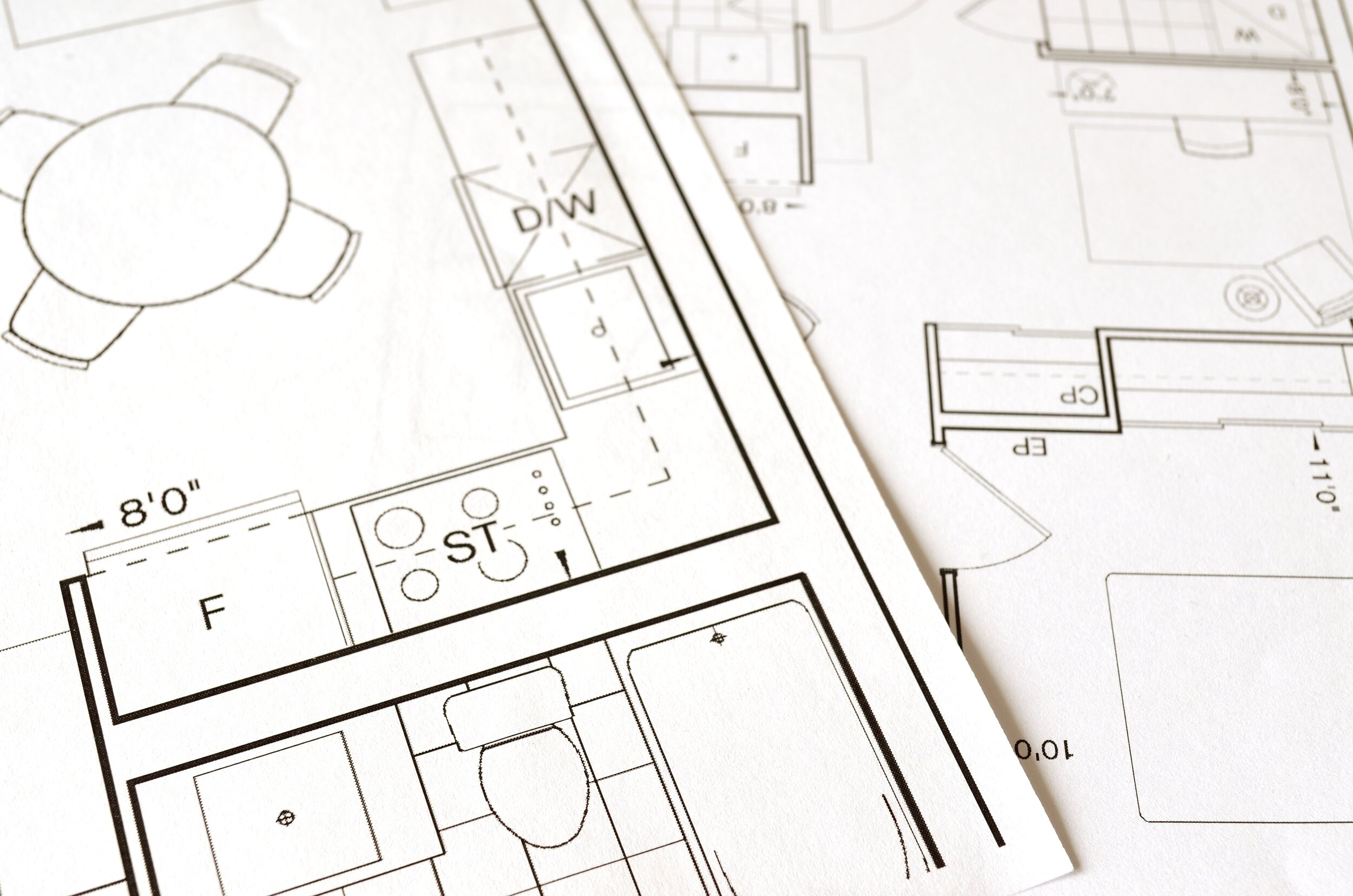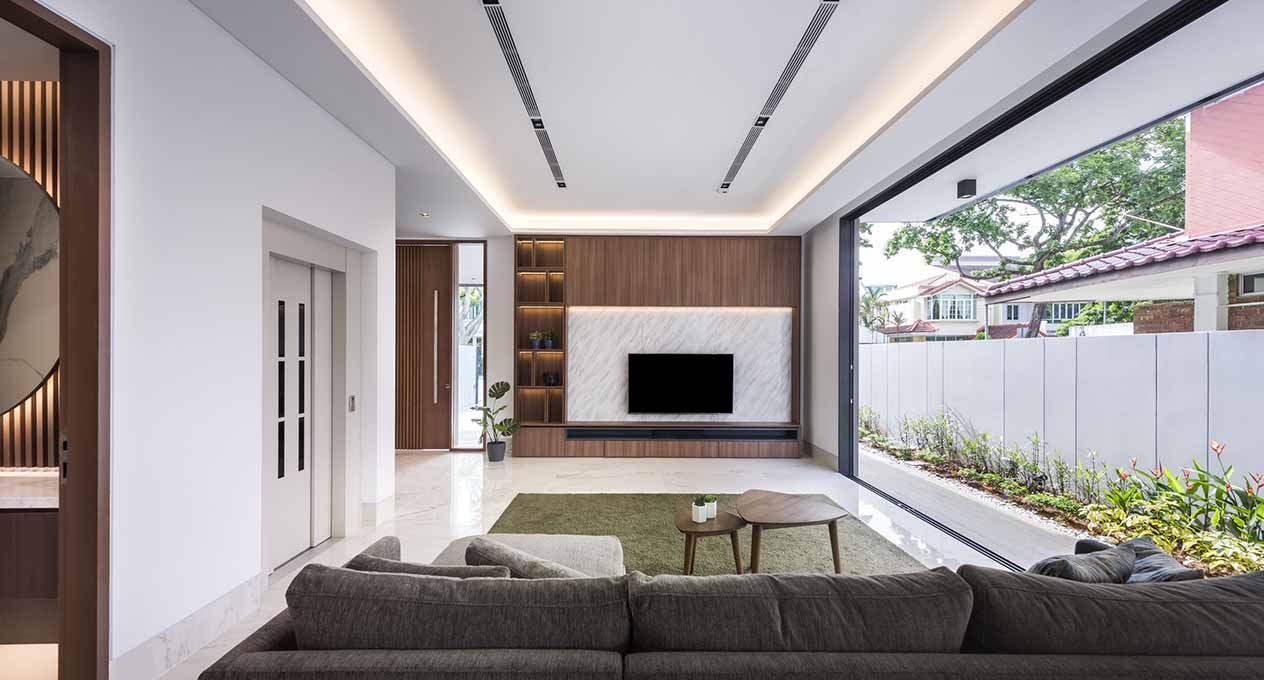Transform Your Space with the Best Home Décor Near Me
Transform Your Space with the Best Home Décor Near Me
Blog Article
Maximizing Aesthetic Charm: The Harmony Between Interior Design and Home Engineer Strategies
Comprehending the subtle interplay between interior decoration and home design can considerably raise the aesthetic charm of a home. This marital relationship of layout techniques includes a thoughtful assimilation of architectural elements with interior designs, and a skilled application of concepts such as rhythm, contrast, and equilibrium. As we discover this harmony, we will discover ways to produce functional and visually striking settings that not only show individual design, but additionally adjust to the vibrant requirements of modern-day living.
Understanding the Basics: Defining Interior Design and Home Style
Interior style and home style, frequently linked, stand for the aesthetic and architectural aspects of our living rooms. Interior Design is a diverse self-control that involves creating functional, secure, and aesthetically pleasing rooms inside a building. It includes aspects such as furnishings arrangement, shade control, and accessory selection. On the other hand, home architecture mostly concentrates on the strong structure of a building. It entails developing a functional and cosmetically pleasing structure that stands the test of time. It encompasses elements such as room sustainability, building, and preparation. Both areas require a deep understanding of human behavior, culture, and psychology. Each plays an essential role in shaping our living settings, adding to our general convenience, productivity, and wellbeing.
The Harmony Discussed: Just How Indoor Design and Home Architecture Intersect
Recognizing the synergy in between interior decoration and home design can open a globe of imagination and functionality. The influence of design on interiors is a vital facet to take into consideration when reviewing this crossway - Luxury home architect. This discussion will concentrate on the unifying design principles that blend these 2 fields right into an unified whole
Unifying Style Principles
While it might seem that interior decoration and home design are two distinct self-controls, they are actually deeply interconnected, forming a harmony that is necessary for producing harmonious space. Unifying design principles are the pillars that facilitate this synergy. The principles include equilibrium, rhythm, harmony, focus, and contrast. These elements integrate to supply a natural aesthetic allure. Equilibrium develops a feeling of stability, rhythm offers a sense of motion, consistency ensures unity, contrast triggers interest, and focus draws attention to key aspects. The strategic application of these principles makes it possible for a smooth mix of appearances and feature, improving the overall experience of the area. Basically, these principles act as the bridge, unifying indoor layout and architectural methods.
Building Impact on Interiors
The intertwining of indoor design and style ends up being even extra evident when one takes into consideration the architectural influence on interiors. Building components are inherent to a room's capability and visual appeals, shaping the style from the start. Their harmony is therefore indisputable: style establishes the framework, which interior style improves with shade, texture, and design.
Trick Principles in Balancing Interior Design and Home Design
Striking a balance between functionality and aesthetics is a fundamental facet of integrating interior decoration and home architecture. A just as important principle is the integration of lasting layout to produce energy-efficient and green homes. Understanding and checking out various architectural styles can additionally play an essential function in achieving an unified layout. Luxury home architect.

Stabilizing Performance and Visual Appeal
Stabilizing functionality and aesthetic appeals in interior design and home architecture emerges as one of the extremely important concepts to take into consideration. Visual appeal boosts the mood and impacts the understanding of space, whereas functionality makes sure usability and comfort. Equally crucial is the efficient setup of the room, with a tactical format adding substantially to the synergy between functionality and visual appeals.
Lasting Style Combination
In preserving the stability between performance and aesthetics, one need to likewise take into consideration the combination of sustainable design concepts. This method not only boosts the aesthetic appeal of an area however also guarantees its durability and reduced environmental effect. The key hinge on picking products that are environment-friendly, durable, and appealing. This consists of all-natural, recycled, or low-impact products that add to a healthier and more sustainable world. Developers and engineers can also integrate energy-efficient systems, such as solar panels or energy-saving appliances. Additionally, making sure good interior air high quality through enough all-natural lights and air flow is vital. Consequently, an unified blend of interior style and home design, directed by sustainability, can produce areas that are gorgeous, functional, and eco-friendly.
Exploring Architectural Styles
While there are a myriad of building designs to check out, it is vital to understand that each one carries its special principles that can considerably affect the harmonization of interior decoration and home style. These designs, varying from the ornate Baroque to the minimalist Modernist, bring distinct viewpoints and appearances that, when correctly recognized and used, can produce homes that are not only visually magnificent but likewise sympathetically integrated in regards to style and architecture. Choosing a building design is not just about personal visual preference; it is regarding choosing a design Discover More language that talks to the property owner's way of living, philosophy, and goals, producing a home that is a true representation of its locals.
Instance Researches: Exceptional Examples of Design and Architecture Harmony
Exploring some remarkable study offers a profound understanding of how design and architecture can sympathetically merge to create practical and compelling spaces. The famous Fallingwater home, designed by Frank Lloyd Wright, exceptionally shows this synergy. Wright's design masterfully integrates the house with its surrounding landscape, while the indoor mirrors the exterior's organic forms. One more instance is the minimalistic Tadao Ando's Church of Light in Japan. The designer attained an ideal equilibrium between simplicity and dramatization, making use of raw concrete and light. Inside, the raw, minimal layout produces a feeling of peace and spiritual reflection. These instances highlight the relevance of harmony in between interior decoration and design in achieving functional and visual success.
Practical Tips: Enhancing Your Home's Aesthetic Appeal
Attracting motivation from the study of architectural and design synergy, home owners too can apply some functional techniques to enhance their home's aesthetic allure. A harmonious blend of colors, structures, and lighting can boost an area, creating a warm and welcoming environment. Choosing furnishings that matches the building aspects of your house can promote a sense of unity. Wall art and design items can include personality, reflecting individual style and preference. Including greenery, either with indoor plants or views to the look at here now outdoors, can bring an aspect of nature, providing a relaxing effect. Clever use of mirrors can open up an area, providing an impression of a larger area. Eventually, the visual charm depends on balancing performance with layout, producing a home that is both beautiful and livable.

Future Patterns: Just How Modern Techniques Are Altering Interior Design and Design
As the globe progresses, so do the trends in interior design and style. Modern techniques are significantly concentrating on sustainability, including energy-efficient styles and green products. These trends reflect a shift in the direction of styles that are not simply aesthetically pleasing, yet likewise ecologically aware, technically advanced, and adaptable to altering way of lives.
Conclusion
To conclude, the assimilation of interior style and home style methods is a dynamic method look at this web-site to boosting visual allure. By leveraging crucial concepts like rhythm, balance, and contrast, and including components of modern living, designers can develop flexible, aesthetically pleasing settings. Via comprehending this synergy, homeowners can make educated decisions that not just raise their home but likewise contribute to their total well-being.
Understanding the subtle interplay between interior design and home architecture can significantly boost the visual charm of a living room.Interior design and home style, usually linked, stand for the architectural and aesthetic facets of our living spaces.While it may appear that indoor design and home style are two unique self-controls, they are really deeply interconnected, creating a synergy that is essential for developing harmonious living rooms.The intertwining of interior layout and style ends up being even extra evident when one thinks about the architectural impact on interiors. An unified blend of indoor design and home style, guided by sustainability, can develop areas that are attractive, practical, and ecologically pleasant.
Report this page